04 October 2016
The world's fluffiest feline get a first-in-the-world scientific zone where the endangered wildcats will be protected and studied.
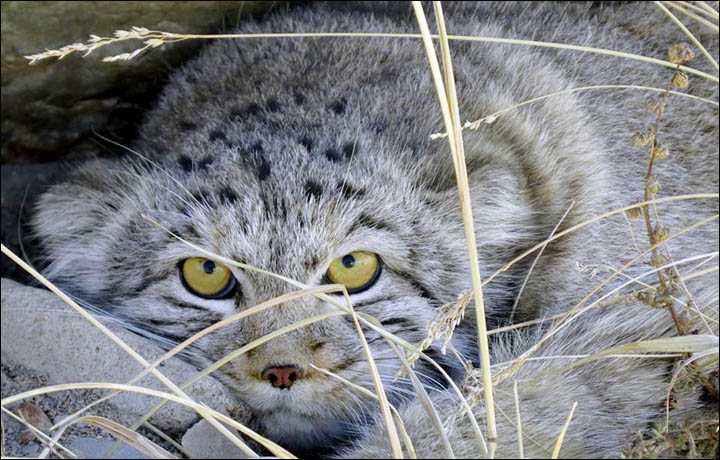
Native to remote regions of southern Siberia, as well as Central Asia and China, Pallas's cats are seldom seen, and known for their reclusive and solitary lives. Picture: Sailyugemsky Nature Park
Native to remote regions of southern Siberia, as well as Central Asia and China, they are seldom seen, and known for their reclusive and solitary lives.
A recent international conference in Novosibirsk on the Pallas's cat agreed on measures to protect the rare species, and the park's enhanced role in monitoring and observing.
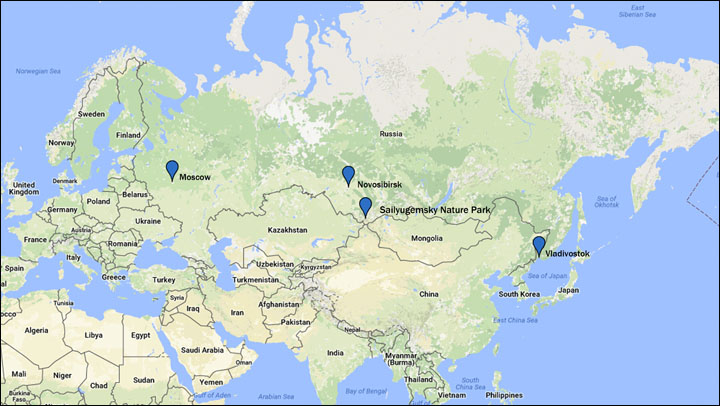
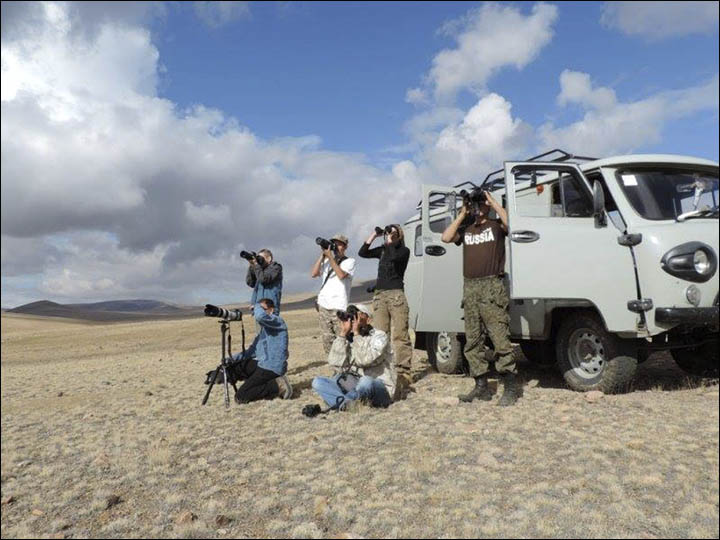
The 32 square kilometre site at Sailyugemsky Nature Park in Altai Mountains is seen as a key step in protecting the secretive animal. Pictures: The Siberian Times, Sailyugemsky Nature Park
The wildcat is in the Russian Red Book, although in neighbouring Mongolia it is hunted on with dogs for fur. Researchers believe that this can lead to complete extinction of the Pallas cat population in border areas.
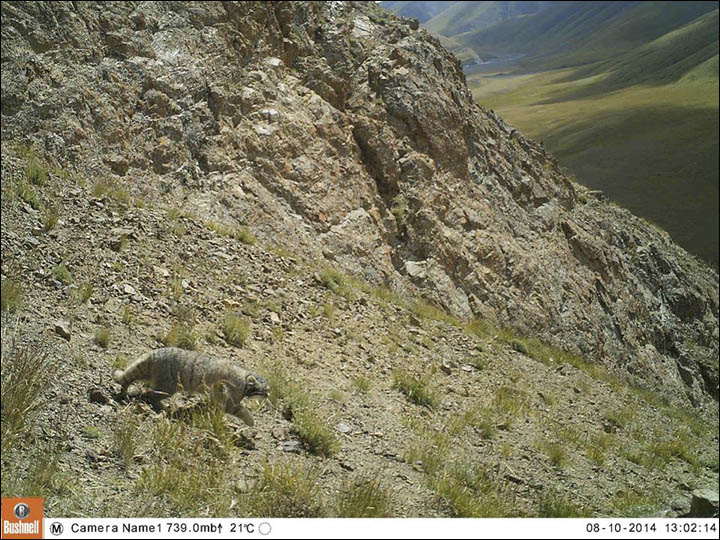
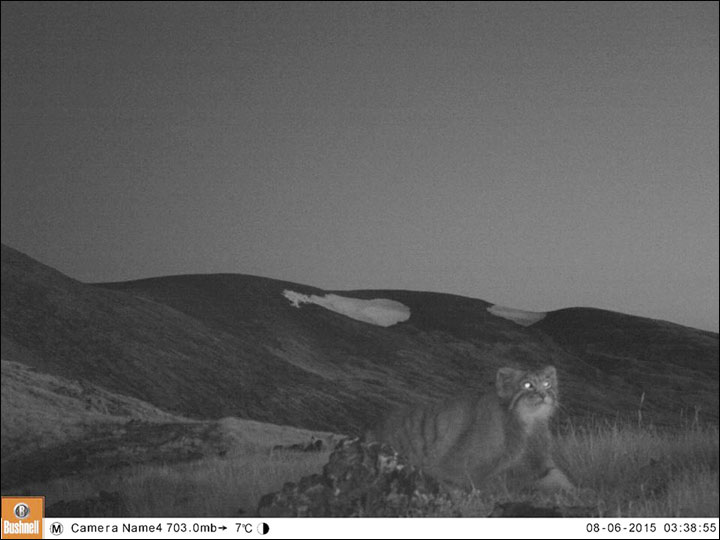
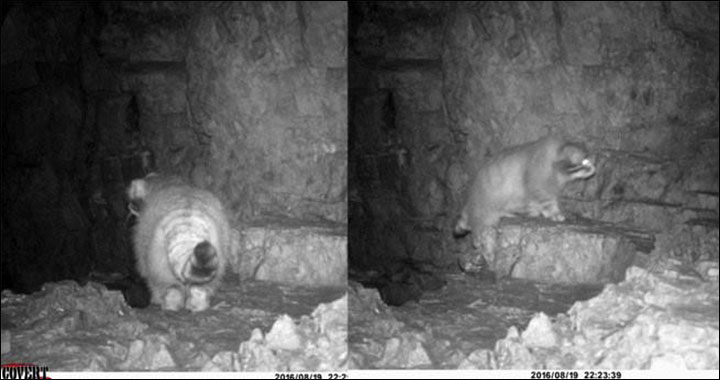
'The Pallas' cat is unfairly forgotten in the world although the animal is on the edge of extinction.' Picture: Sailyugemsky Nature Park
Denis Malikov, deputy director of Sailyugemsky Park said: 'The Pallas' cat is unfairly forgotten in the world although the animal is on the edge of extinction. There are only a handful of researchers studying it in Russia.'
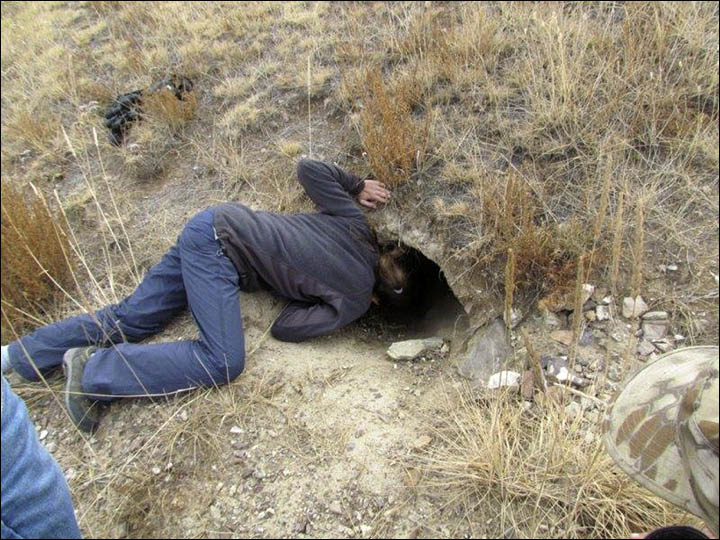
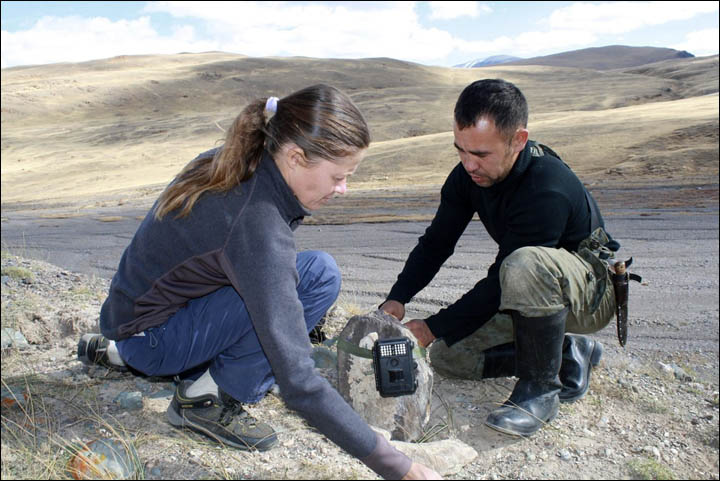
The park has 15 photo traps geared to watching these animals, and infrastructure which will be used to help their survival. Picture: Sailyugemsky Nature Park
'The latest data on this species is outdated. It hasn't been updated over the last 3 or 4 decades. We created a database that is also available online. Information about every encounter with the rare cat is uploaded there.'
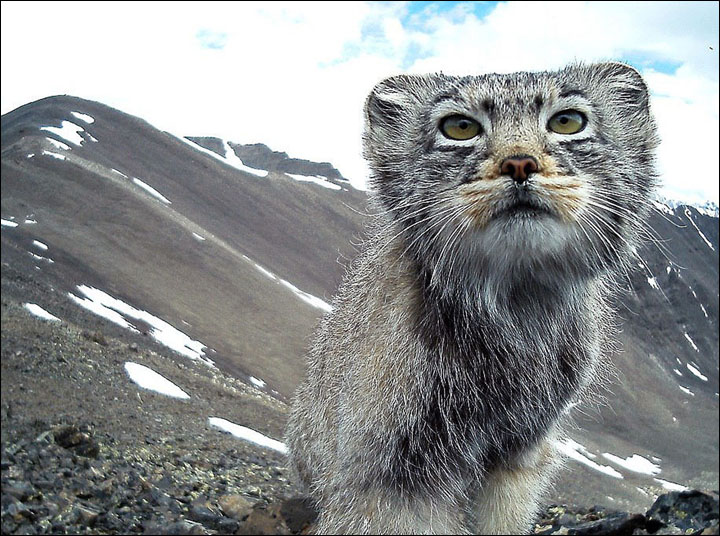
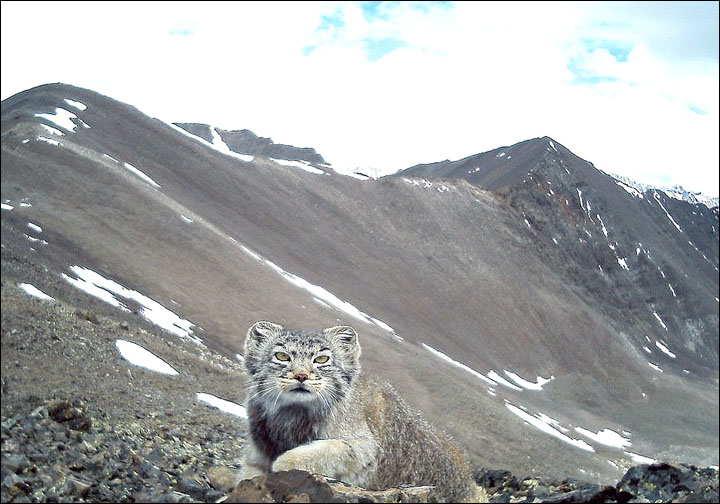
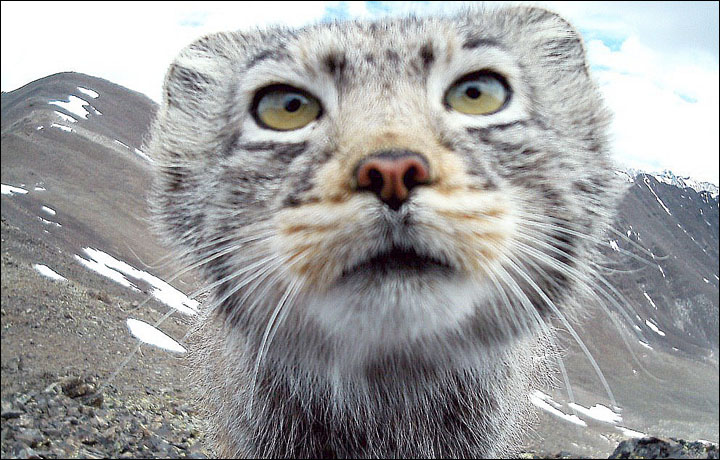
The pictures taken during a voluntary expedition to the Altai Republic, organised by the Altai Nature Reserve, WWF and Argali Regional Fund. Pictures: Altai Biosphere Reserve
Dr Jim Sanderson, director of the Small Wild Cat Conservation Foundation, said: 'Our peers from Russia are doing a great job monitoring felines. All the world knows that this is where the snow leopard lives and that the park is responsible for its protection. The Pallas's cat also needs protection.'
No comments:
Post a Comment